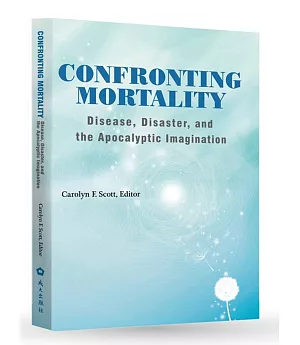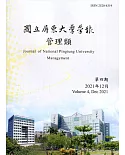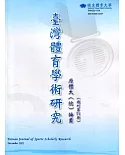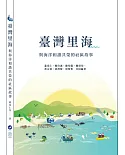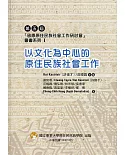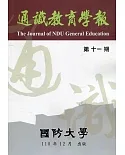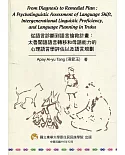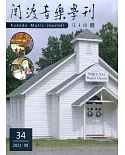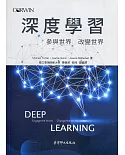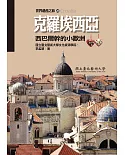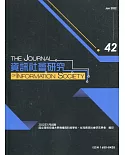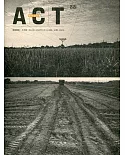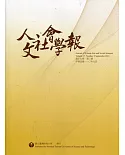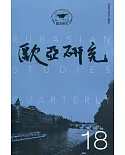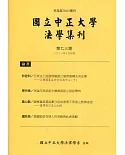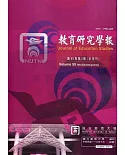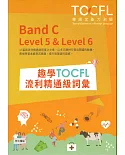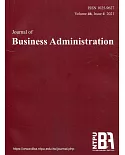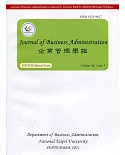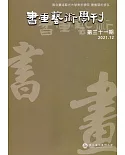Introduction
As one purpose of literature is to explore the human condition, mortality emerges as a significant theme across times and cultures. The inevitability of our end as individuals or as
civilizations casts a shadow on our perceptions of the meaning of our lives. Not just death, but the events or experiences that remind us of our mortality often provide inspiration and insight
to artists and writers.
The response to this confrontation with mortality is as varied as humanity itself. Some seek hope or renewal; some seek oblivion, forgetfulness, or despair; some welcome the end and some deny
its reality. A type of apocalyptic imagination reveals itself in these responses. As an opening remark to his classic study of the apocalyptic (as) fiction, The Sense of an End, Frank Kermode
asserts “a need to speak humanly of a life’s importance to [time]—a need in the moment of existence to belong, to be related to a beginning and to an end.” Humanity often seems
preoccupied with its own possible end, which it usually considers not only immanent to its historical scheme but also imminent at its current moment of existence. The apocalyptic imagination
displays a paradox, a double-edged momentum: on the one hand, the apocalypse means an abrupt collapse of everything as we know it; cataclysmic changes, either natural or man-made (or combined
in character), must precede it, and the End should be fearfully prepared against, if not simply avoided. On the other hand, the apocalypse promises a chance to (re-) construct a fresher,
better world than the one just destroyed. From this contradiction springs both the questions and the answers that literature considers.
Developing from a Ministry of Science and Technology-sponsored project to build a collection of books in the National Cheng Kung University Library centered on the theme of Disease, Disaster,
and the Apocalyptic Imagination, these essays showcase the scholarship that has emerged from the acquisition of those texts. One goal of the project is to address the multifarious
manifestations of the apocalyptic imagination and their historical, social, cultural, and political significances for civilization from the High Middle Ages to the present time. Another goal is
to explore the means by which humans confront the disruptions of violence, disability, illness, aging, catastrophe, and social upheaval. The ten articles collected in this book engage with the
ongoing scholarly discourse concerning the human response to disease, disaster, and mortality.
Written by scholars from the United States and Taiwan, covering literature from Europe, North America, and Asia, examining issues of aging, disease, and disability, and investigating
philosophical, religious, and imaginative responses to disruption, these essays demonstrate the varied fruits of our research. Covering a range of texts, genres, and methodologies, this book
considers how the apocalyptic imagination, of society or the individual, deconstructs and reconstructs the consequences of confronting mortality.

